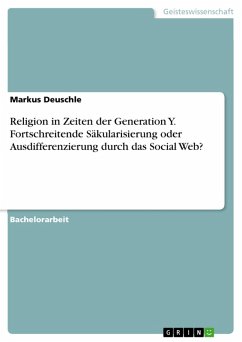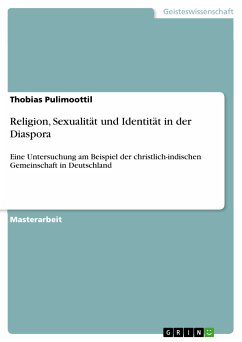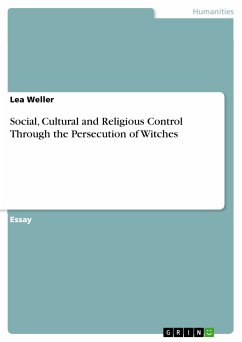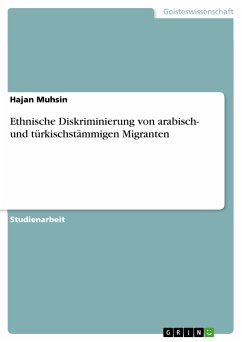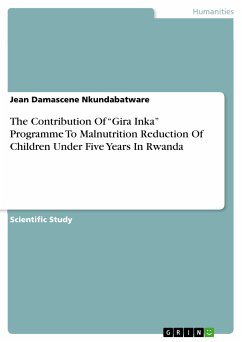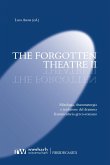Fachbuch aus dem Jahr 2015 im Fachbereich Soziologie - Religion, Note: 1,3, , Sprache: Deutsch, Abstract: The primary source of interest when dealing with Iranian Jewry in Ṣafavid times is Bābāī ibn Luṭf’s chronicle Kitāb-i Anusī, the ‘The Book of a Forced Convert’ or ‘The Book of Forced Conversion’. Vera Basch Moreen has written an overview of this Judean-Persian account. The Kitāb-i Anusī (KA) was probably written sometime after 1661 since Bābāī ibn Luṭf draws on the Jews regaining their religious freedom which happened only after 1661. If the narrative had been composed later than 1665, one might expect to find allusions to the mystical Messiah Sabbatai Zvi and the movement that followed his person and teachings. However, this is not the case. The KA deals primarily with the persecution waves under Shah ‘Abbās II who ruled over Ṣafavid Persia from 1642 to 1666. Bābāī ibn Luṭf, a Persian Jew living in Kāshān at the time of ‘Abbās II, chronicled the occurrences he might have witnessed first-hand. Bābāī’s motives in writing the KA include the wish to leave a record of the occurrences to posterity as well as to describe the events as a means by which God tested his people ‒ in his view of course the Jews. Some of the various reasons for the Jews’ persecution are to be analyzed in this paper. In a second step, Christian travelogues and reports and their approach to the Jews’ persecution will be dealt with.


